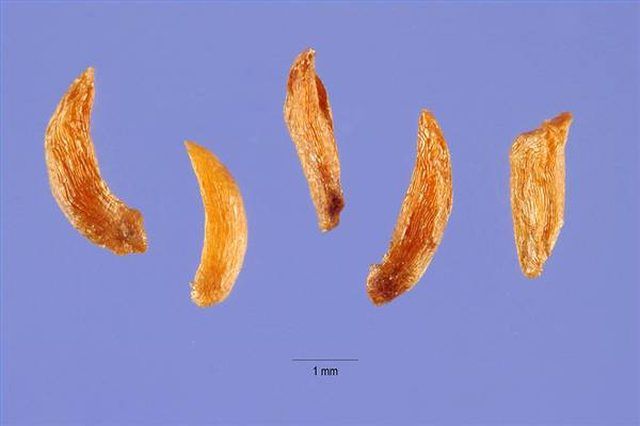Bulbs
Flower Basics
Flower Beds & Specialty Gardens
Flower Garden
Garden Furniture
Garden Gnomes
Garden Seeds
Garden Sheds
Garden Statues
Garden Tools & Supplies
Gardening Basics
Green & Organic
Groundcovers & Vines
Growing Annuals
Growing Basil
Growing Beans
Growing Berries
Growing Blueberries
Growing Cactus
Growing Corn
Growing Cotton
Growing Edibles
Growing Flowers
Growing Garlic
Growing Grapes
Growing Grass
Growing Herbs
Growing Jasmine
Growing Mint
Growing Mushrooms
Orchids
Growing Peanuts
Growing Perennials
Growing Plants
Growing Rosemary
Growing Roses
Growing Strawberries
Growing Sunflowers
Growing Thyme
Growing Tomatoes
Growing Tulips
Growing Vegetables
Herb Basics
Herb Garden
Indoor Growing
Landscaping Basics
Landscaping Patios
Landscaping Plants
Landscaping Shrubs
Landscaping Trees
Landscaping Walks & Pathways
Lawn Basics
Lawn Maintenance
Lawn Mowers
Lawn Ornaments
Lawn Planting
Lawn Tools
Outdoor Growing
Overall Landscape Planning
Pests, Weeds & Problems
Plant Basics
Rock Garden
Rose Garden
Shrubs
Soil
Specialty Gardens
Trees
Vegetable Garden
Yard Maintenance
How to Prune Pieris Japonica
How to Prune Pieris Japonica. Pieris Japonica, also commonly known as lily-of-the-valley bush and Japanese Andromeda, is a large shrub with highly decorative buds, long flower panicles and fruits. Native to Japan, Taiwan and Eastern China, Pieris Japonica grows up to 12-feet tall and 10-feet in width. Its growing habit makes for short branches with...

Pieris Japonica, also commonly known as lily-of-the-valley bush and Japanese Andromeda, is a large shrub with highly decorative buds, long flower panicles and fruits. Native to Japan, Taiwan and Eastern China, Pieris Japonica grows up to 12-feet tall and 10-feet in width. Its growing habit makes for short branches with very dense green razor-tooth edged leaf foliage. Depending on the varietal, Pieris can flower with white to hues of pink and deep red blooms. Pieris Japonica responds well to deadhead pruning as individual blooms die off, which keeps the plant from fruiting and will bloom more profusely next cycle. An overall annual or biennial pruning for size and shape should be done in the spring or summer after a bloom.
Things You'll Need
Sharp clean secateurs and loppers
Ladder if needed
Cut away individual spent blooms with your secateurs at the base of the bloom stem where it meets the branch. Make your cut in the flower stem at least 1/16-inch above the main branch so as not to damage the branch itself. Weekly maintenance of this kind will encourage more profuse blooming next season.
Begin annual or biennial pruning by cutting away any damaged or diseased branches with your secateurs or loppers, removing as much as necessary to clear away the damage and leaving approximately 1/2-inch above a flower bud or leaf axil.
Use loppers to prune the height of the shrub once a year or every other year. Also use the loppers or secateurs to establish your desired top shape, either flat, rounded or jaggedly naturalistic.
Cut away up to one quarter of the internal branches to thin and shape the interior of the plant and open it up for light and air penetration if needed.
Shape the perimeter of the Pieris with loppers on the thick branches and the secateurs on smaller branches as needed. Make cuts 1/4-inch above bud and leaf axils where possible to preserve bloom capacity.
Tips & Warnings
Pieris Japonica produces flowers on its previous season's growth. Because of this, you should never prune it back in winter as you will destroy the flower buds for the following bloom cycle.